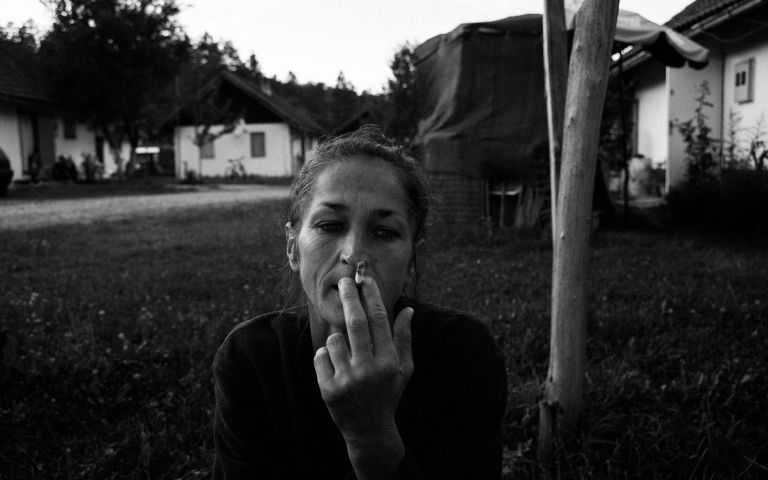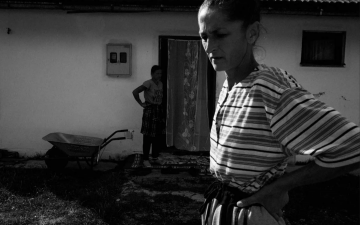The year 2020 will mark the 25th anniversary of the Srebrenica massacre, the first genocide that has taken place in Europe after the WWII in eastern Bosnia and Herzegovina in 1995. In the region that was ravaged by the war and ethnic cleansing, a less be-known fact is that many of the women (and in rarer cases men) who were able to flee the violence and massacre by Serb paramilitary forces in the 1990s still live in long-forgotten refugee barracks and collective centres around Bosnia and Herzegovina. One of them is Ježevac, a refugee settlement established by the Norwegian government in Banovići vicinity in BiH, which has stayed rather unchanged since 1995. Families have been living there since before the end of the war. One of their occupants is Hazira, who was able to flee Srebrenica with her brother Merfin just before the killing of 8000 Bosniak men. Though she and her brother managed to reach safe haven, Merfin later on stepped on a landmine near a refugee settlement and died—10 years after the Dayton agreement that officially ended the war.
April 24, 2020 | The Nation
‘My Entire Life Has Been Spent in a Refugee Center’
In the 25 years since the Bosnian War’s Srebrenica massacre, these people have been left behind.
June 25, 2020 | Meet the Journalist
Behind the Story: The Forgotten Victims of Srebrenica
Many of the temporary camps set up in 1995 for internally displaced persons in Bosnia and Herzegovina still exist. What is life like there for the widows from Srebrenica?


